SOUND
LZ-A4 is the successor of the previous A3 with the same configuration; 2 Balanced Armatures and 1 Dynamic driver. I’ve never listened the predecessor but I guess there’s an obvious improvement because LZ-A4 sounds really great. I think we are seeing an amazing product for this price (195 USD $) and in my journey, this was one of the biggest surprises I’ve ever experienced.
Like I mentioned, this is an Atmospheric Presseure Style Hybrid Earphone, and the sound of LZ-A4 is indeed very very athmospheric. I suppose the speaker experience came pretty handy for Lao Zhung and he designed a speaker-like sound with this monitor. The sound is simply immense, wide and you can feel the ambience in recordings, especially with the live concert records.
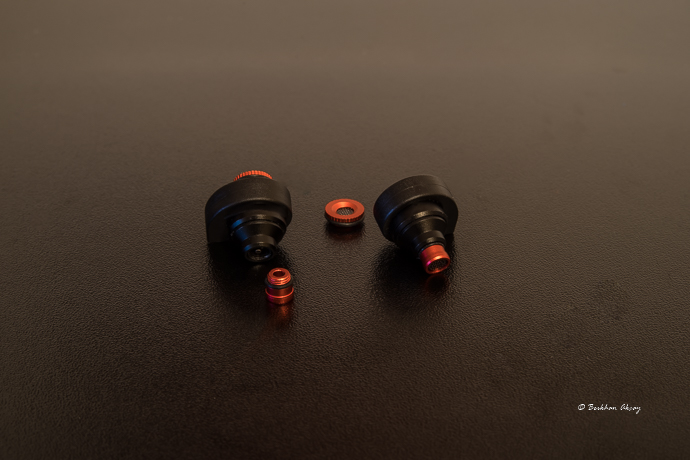
FILTERS
Now the big news about this IEM is the filter mechanism. There are so many filters in the package, each affecting the sound. If you want to know the exact number, there are 18 possible configurations you can try. That is quite amazing. We’ve seen similar products with filter solutions but as far as I’m concerned, I haven’t seen this kind of diversity regarding filters. There are 2 filters in each earpiece, one at the nozzle and one at the back. So that makes the IEM a very interesting toy to play around.
The filter design is a very nice concept overall, but mostly I found it not very useful until now. In the end most people choose the same filters and the process is tiring. Switching filters back and forth is not intriguing to me. So why not just release the IEM with the best possible setup instead?
But LZ-A4 has an even different approach. Because of the design which allows to change both front and back filters, you can change a big part of the sound. You change back filters for bass, and nozzle filters for mids – trebles. This design gives many options to the user and helps to find the perfect balance. So this time I think filters can actually be useful unlike the similar previous models we’ve seen.
The thing that I missed the most is the inclusion of some type of a chart, to see what type of sound one would get with changing the filters, or what the maker intended. Instead, you need to experience each and every one of the options to hear the difference. At least they could’ve put some kind of guidence about that to make the process easier. Anyway, let’s get into the details.
Small notice: When removing the tips, be careful not to remove the filters at the same time by rotating.
For business reasons, I couldn’t try every filter extensively. I’m going to mention a couple of them which are my favourites.
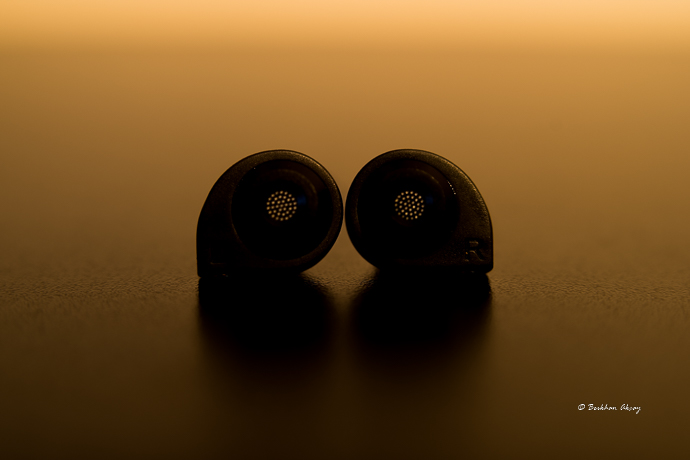
BASS
The biggest benefit of hybrid IEMs is the naturalness of low frequencies. The sound gets some space and flows with some air with the hybrid solution, so you can receive the bass without a congestion. That plays a huge part in terms of spacious sound, of course with the help of good technicalities of Balanced Armatures on mids and highs.
LZ-A4’s bass is strong, especially at the subbass area, depending on the filters you choose of course. I usually used the black back filter and the combination of other nozzle filters, because I found the best bass response with blacks. Generally the bass hits hard but recovers pretty well for a dynamic. I didn’t come across with a loose or spreading bass. Midbass is a little laid back most of the time to assist the atmosphere, to reproduce a spacious sound. With the black filters it gives a sweet bass which is not overpowering. I think this way it’s on the sweet spot so I recommend using the black back filters.
The quality of the bass do not change drastically with filters, but with red filter I found the bass is strongest and that effects the quality a little bit. With reds, lows having some trouble in terms of hitting and recovering after that. The appreciable part is; it never shadows other frequencies even though the bass is so strong. That’s the specialty of LZ-A4; it sound spacious nevertheless.
When I tried the blue back filters I noticed the bass is a little flatter than the other two. The back filters I think play an important part for customization, as you can find the perfect bass for your liking. You want some warm and meaty sound? Go with blacks like I did. If you want more than that and if you’re an electronic music fan, go with shiny reds to have some boom-boom.
Overall, you can rely on this monitor’s bass that’s for sure. You can change the quantity with different filters and it mostly stays high quality maybe except with the reds. I felt like it shares some resemblance with the Oriolus -yes, I’m comparing a 195$ IEM with a 1300$ one so that tells something- because of the atmospheric feeling. With the open back design LZ-A4 even feels more spacious than that.
MIDS
The mids on LZ-A4 is not amazing like it’s airy bass when I compare, but still it impresses me. Usually in the sub-300$ range the biggest deficiency is mid succession to me, but not this time. Actually there’s no weakness on LZ-A4, none for this price.
Mids are not too forward in this IEM but they’re still well defined. They can be recessed or a little forward depending on the front filters, but I can say they never get so front to be the star of the show. I found only with blue filters the mids are the focus of the spectrum, together with black back filters. Blues stand as a mid-lovers choice in my opinion. I really loved it this way because mids sound so clean and very well positioned with a great resolution. As a mid lover myself, I liked the blue front filters more than the others.
Red filters are also very nice but they give you a little recessed mids overall, but also a little thicker than blues. Black fronts together with blacks result a warm sound which I also liked very much. At the same time I think the full black setup looks the best with a stealth approach. So basically if you want to have the warmest and darkest sound, you should mount the black filters to front and back.
Vocals have a nice weight and they’re coherent with the rest of the sound. Instruments are also sound quite well, but they sound better with blue filters in my opinion. Blues give a nice resolution and separation to the sound, especially the mids sound great with them. My recommendation is the black and blue nozzle filters for Jazz and vocal oriented music, as well as RnB. Black filters are nice for rock and metal I think, they give heavier guitar tones and a nice warm touch. If you want a V-Shape sound just go with the reds.
More about the sound and summary on PAGE 3





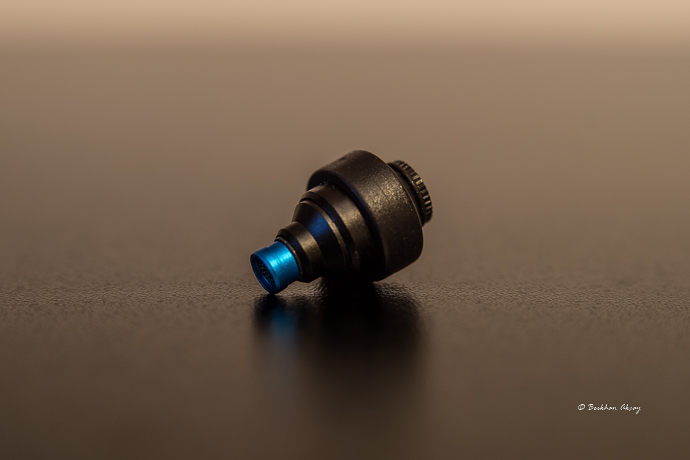
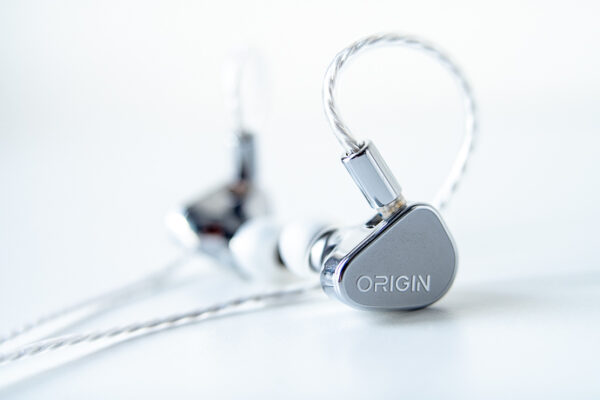
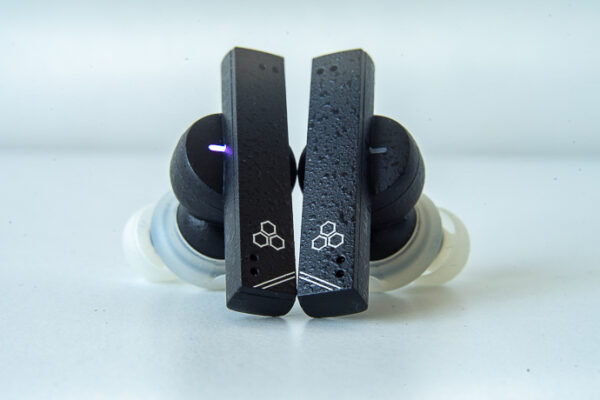
Kristian Lindecrantz
Great read and well executed review! I love these reviews of more affordable stuff, stuff you can actually try out without an extra mortgage. I’m all about ch-fi these days so please keep these reviews coming!
Berkhan
Thank you Kristian. We’re open to every kind of stuff. It’s interesting to see the developments from China and we will continue if we can get in touch with people.
Baha
Great review! Loved it. Do the sound of these improve if you use them with a portable dac/amp? Like the oppo ha2?
I’m not into IEMs but I’ll give these a try in the future!
Berkhan
Thanks Baha. I didn’t try them with a DAC/AMP so I don’t if these excel with some amp poweri but I can tell they’re driven easily. You can check Head-Fi thread for that.
tony
It is a very good review. http://www.lzhifiaudio.com
Berkhan
Thanks for the link Tony. Cheers.
wasaki
nice iem but Audeze isine 20 is the best value right now .
dale thorn
Do you hear a difference because of the iSine’s planar technology? It sure costs a lot more.
Dave
Great review. It is great to see really good things happening at a price people might actually be able to afford.
Berkhan
Thanks Dave. It sure is.
Bhargav Desai
Great review!
Would anyone know how these fare against Trinity Audio Delta/Delta II
Berkhan
Thanks!
I can’t comment on that but I hope someone will.
Juan
Hi, I would like to ask you about the A4’s amplifier neccesities. Are they easy to attack, let’s say with a Galaxy S6 or Lg V10 or do they need a special or dedicated amplifier? I have been an audiophile for decades and it is my first time with IEMs. I am used to listen to only loudspeakers, ATC SCM 50 nowadays. I also owned time ago a Stax SR 507 earspeakers, which I liked for their speed to music, although not comparable to the ATC in that respect nor in holography and musical scale. As I told you, I’d never tried noteworthy IEMs so your review left me intrigued. I need a pair for listening music at bed, mainly because I have discovered to love this new habit. So the question is if with a Galaxy S6 is enough to get a decent sound, not audiophile quality. Thank you very much for your review and enthusiasm.
Berkhan
Hello Juan.
Yes, a smartphone would be goo enough to power these. No amp necessary. If you hook up a portable DAC/AMP to your phone than you can have better sound quality. Even so, you will get a decent sound from your Galaxy or LG.
Juan
Thank you very much for your quick answer. Then I am going to the next step: buying a pair of LZ A4. Hope to write you again to comment my impressions on the “real thing”. Thank you again for taking my attention on your very informative review.
Maggie
I listen to metal music, I need something loud and powerful that even my Samsung note 8 can drive. I need a lot of bass that doesn’t destroy the mids and sound quality. Can you recommend these ones for me?
Berkhan
Yes
max
can you tell how i can contact with manufacturer? my lz a4 has broken mmcx connector..
Berkhan
Try contacting Frank through this e-mail address: [email protected]
Hawkeye
Did you get it fixed? How is the warranty process
Dkljaj.1
When will review for the new LZ-A5 come out?
Berkhan
I already have the review sample, but it’ll take a while. Stay tuned!
Eray Altıntaş
Bununla birlikte 500-1000 TL bandında ne tarz daplar uyumlu olur acaba. Colorfly c10 or others ?
Ali Bora
Hello. What would be your replacement IEM for Lz A4 with similar sound signature. Mine mmcx connector is dead sadly. Thanks
Berkhan
Look out for dynamic driver IEMs, such as Acoustune.
Pier
How do you rate the LZ A4 vs. 1more Quad vs. Campfire Comet from a sound quality perspective only?